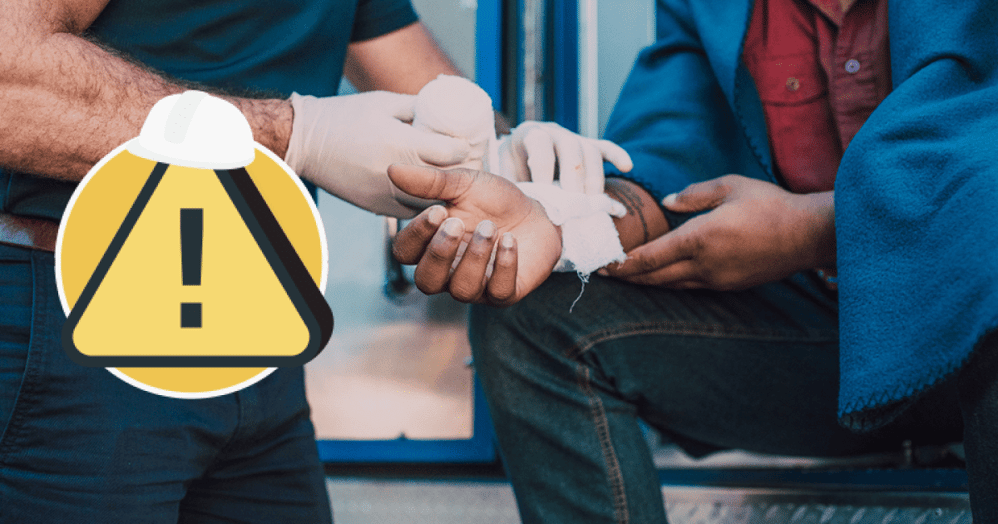Australian Workplace Injury Procedure State by State
by Team Tradify, September 22, 2023

Table of Contents
As a trade business owner with employees or subcontractors, understanding workplace injury procedures is not just a legal obligation — it also shows that you prioritise the health and safety of your team. In Australia, part of meeting health and safety requirements involves complying with legislation in each state and understanding basic injury procedures.
Need a hand sorting your paperwork & admin?
Try Tradify job management software free for 14 days!
Short on time? Skip ahead!
- Workplace injury procedure for employers
- Injured at work? What employees or subcontractors must do
- Which legislation do you need to follow?
- Safety in the workplace
1. Workplace injury procedure for employers
Every trade has its own health and safety risk. That’s why it’s important to have a procedure in place in case someone gets injured. Here are the five steps of a basic injury procedure:
Step 1: Respond immediately
- Give the injured person first aid and medical attention.
- Isolate the site area if it still poses a threat.
Step 2: Report the incident
- Record the details of the incident in a workplace register.
- Report serious incidents to the state’s workplace health and safety regulator within the required timeframe.
Step 3: Investigate
- Conduct a thorough investigation to determine the root cause of the incident.
- Identify any workplace hazards that contributed to the incident.
Step 4: Implement corrective actions
- Take steps to rectify identified hazards to prevent a recurrence.
- Update workplace procedures or provide additional training if necessary.
Step 5: Provide worker’s compensation
- Help the injured employee lodge a worker’s compensation claim with the necessary documents.
2. Injured at work? What employees or subcontractors must do
Whether you’re an employee or subcontractor, if you get injured at work, you must do the following:
- Report the incident to your supervisor or manager as soon as possible.
- Seek medical attention, even if the injury seems minor at first.
- Provide accurate and detailed information about the incident during the investigation.
- File a worker’s compensation claim if the injury requires medical treatment or time off work.
- Keep your supervisor or manager informed about your recovery progress.

3. Which legislation do you need to follow?
Each Australian state and territory has a version of workplace safety rules that provide guidance around managing health and safety risks. To stay compliant and maintain a secure work environment, study the legislation applicable to your location:
New South Wales
Overview of Work Health and Safety Act 2011
Victoria
Occupational Health and Safety Act 2004
Queensland
Work Health and Safety Act 2011 (QLD)
Western Australia
Occupational Safety and Health Act 1984
South Australia
Work Health and Safety Act 2012 (SA)
Tasmania
Work Health and Safety Act 2012 (TAS)
Northern Territory
Work Health and Safety (National Uniform Legislation) Act 2011
Australian Capital Territory
Work Health and Safety Act 2011 (ACT)
4. Safety in the workplace
Remember, safety is a collective effort. The most effective way to reduce workplace risk is to get the whole team involved. Wherever you are in Australia, work together to keep your job sites safe and running in compliance with the laws applicable to your state.
Keeping your trade business organised with job management software lets you focus on important tasks like health and safety — without worrying about out-of-control admin.
Download Tradify for a free 14-day trial, or see the app in action during one of our live walkthroughs.
Related articles

How To Keep Your Trade Business Running When You’re on Holiday

Digital Marketing for Small Businesses + Free Marketing Plan

5 Great Gift Ideas For Tradies
Give Tradify a go for free!
Save 10+ hours/week on business admin with the highest-rated job management software for tradespeople.
With free one-on-one training and phone support, it's never been easier to get started.



